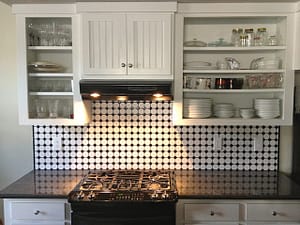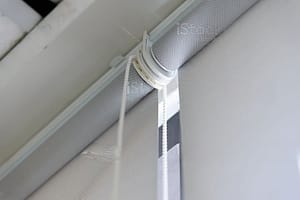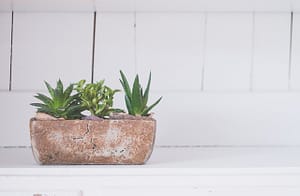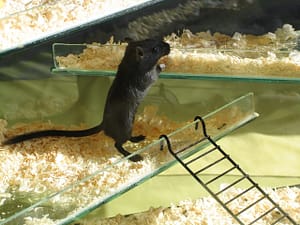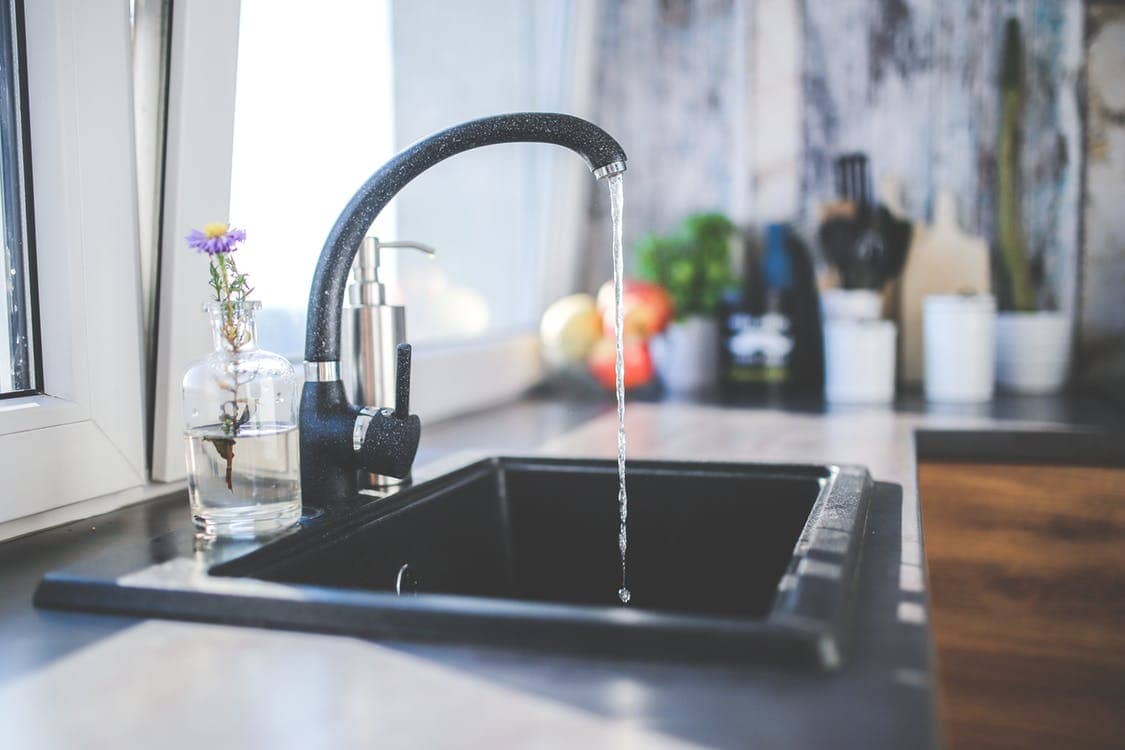
Before we begin providing you with all sorts of information on how to minimize water damage in your home, let us first look into what water damage actually is, for those who aren’t familiar with this term.
In the simplest of words, water damage occurs when your home starts to show signs of water intruding at places where it is not meant to be. This can result in the rotting of wood, rusting of steel, deterioration of materials or systems which are part of the home, as well as the growth of bacteria and other harmful things.
While all of these issues can be rectified by getting professional assistance from experts such as plumbing service in Mission Viejo, it is important to understand that there is more to water damage than meets the eye. You would be surprised to know some of the statistics about water damage:
- Around 14,000 people in the US experience damage to their property from water each day.
- 98% of all basements within the US will experience some sort of water damage during their lifespans.
- Mold caused by water damage at homes alone costs insurance companies $2.5 billion every year.
- The average expense incurred on a single property as a result of water damage is $6,965.
Now all of these numbers are indeed quite alarming, to say the least. They are proof that water damage is indeed a significant concern for many new and old homeowners.
For this very reason, we would like to offer you some advice as to how you can go about minimizing the risk of water damage in your home. Here are our top 3 tips to help you out:
Ensure proper maintenance of your home

First things first, before you think about measures to protect your house from water damage, you need to ensure that everything within your house is properly maintained. In order to do this you need to make sure of the following within your home:
- The Basement:
Resealing your basement will help prevent cracks in the foundation of your home and thus water sealants are an excellent choice to repair old and fractured materials. Furthermore, you can also install a backwater valve to allow for any sewage to flow out of the house.
- Indoor Plumbing Systems:
The best way to go about this is to thoroughly inspect your home appliances, faucets, showers, tubs, and plumbing pipes as well as heating pipes. Knowing your main water valve is also a priority.
- The Exterior of Your Home:
You need to guard your windows to prevent water seepage so caulking and sealing them is a great idea. Next up, you should position your downspouts in such a way that they direct water away from the house and install gutter guards to prevent clogging. Finally, make sure that your sprinklers and irrigation systems do not damage your walls.
- Your Prized Possessions:
Always make a point to keep your valuable belongings away from water inlets or to keep them in waterproof bins. Never store your prized possessions in such a way that they become a risk for you in a situation of water damage.
Take measures to prevent water damage

One sure-fire way to lessen the chances of water damage occurring within your homes is to never ignore leaks and seepage when you detect them. Untreated leaks can result in various problems including the growth of mold, damage to your walls and flooring, as well as staining of the interior and exterior parts of your home.
A water detection device is a good investment that can pay off well in the long run. It rings an alarm when its sensors come into contact with water in any place where it should not be. The best places to install them is near appliances and pipelines as well as washing machines, fridges, and water heaters.
Additionally, If you are leaving town for a trip and none of your family members will be residing in your humble abode, it is best that you turn off the main valve before you leave town.
Take necessary precautions to minimize damage

There is a lot that can be said and done when it comes to minimizing the chance of water damage within your home. For instance, you should know where the main valve of the water supply to your home is so that you can shut it off in case of an emergency. You should test it out to see how effective it is and whether it needs repair.
If you find a spike in your water bill then that is another sign for you to take action immediately and find the root of the cause.
During winters, to prevent pipes from busting, simply let some of the faucets drip so that some pressure is allowed to be released if your water is still turned on. Always make a point to periodically check your pipes for their proper functioning. This will help you mitigate any possibility of future problems and also empower you with confidence regarding the current condition of your home.
All of this is indeed a learning process and the more time you spend on taking measures to protect your home against all sorts of damages, the more knowledgeable you become and the more accurate your decisions will be in the longer run.
Conclusion
We hope this post was able to offer you some meaningful insights on how you can prevent water damage from affecting your home. Implement these tips and you are sure to reduce the risk of any soggy disasters.

